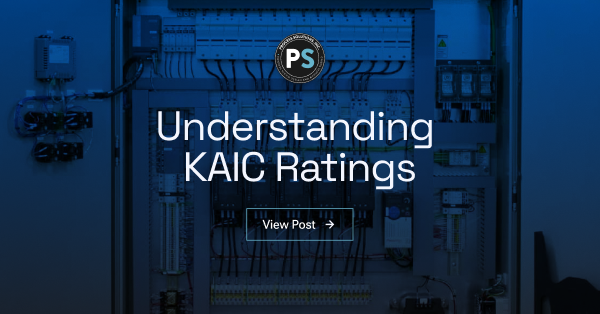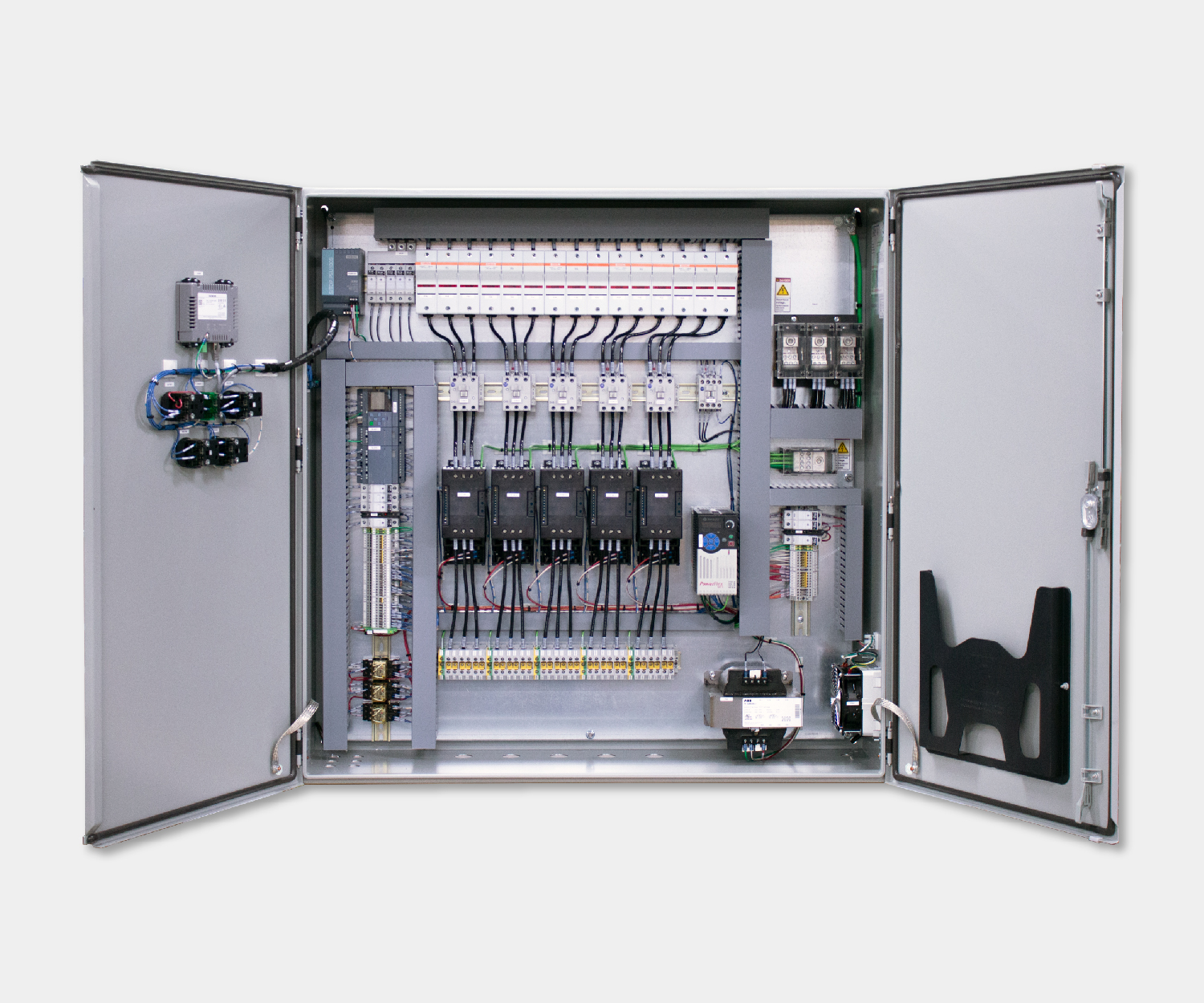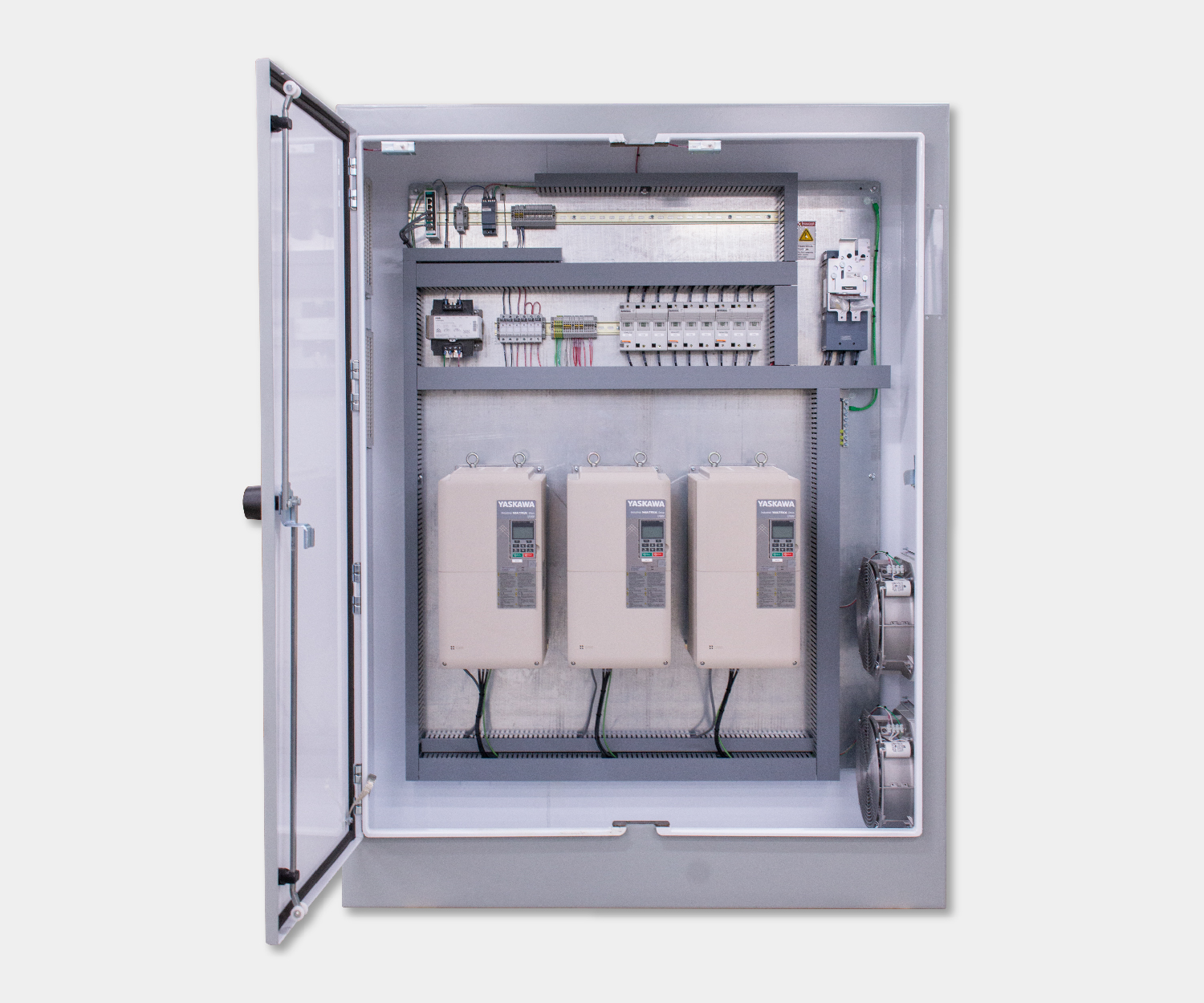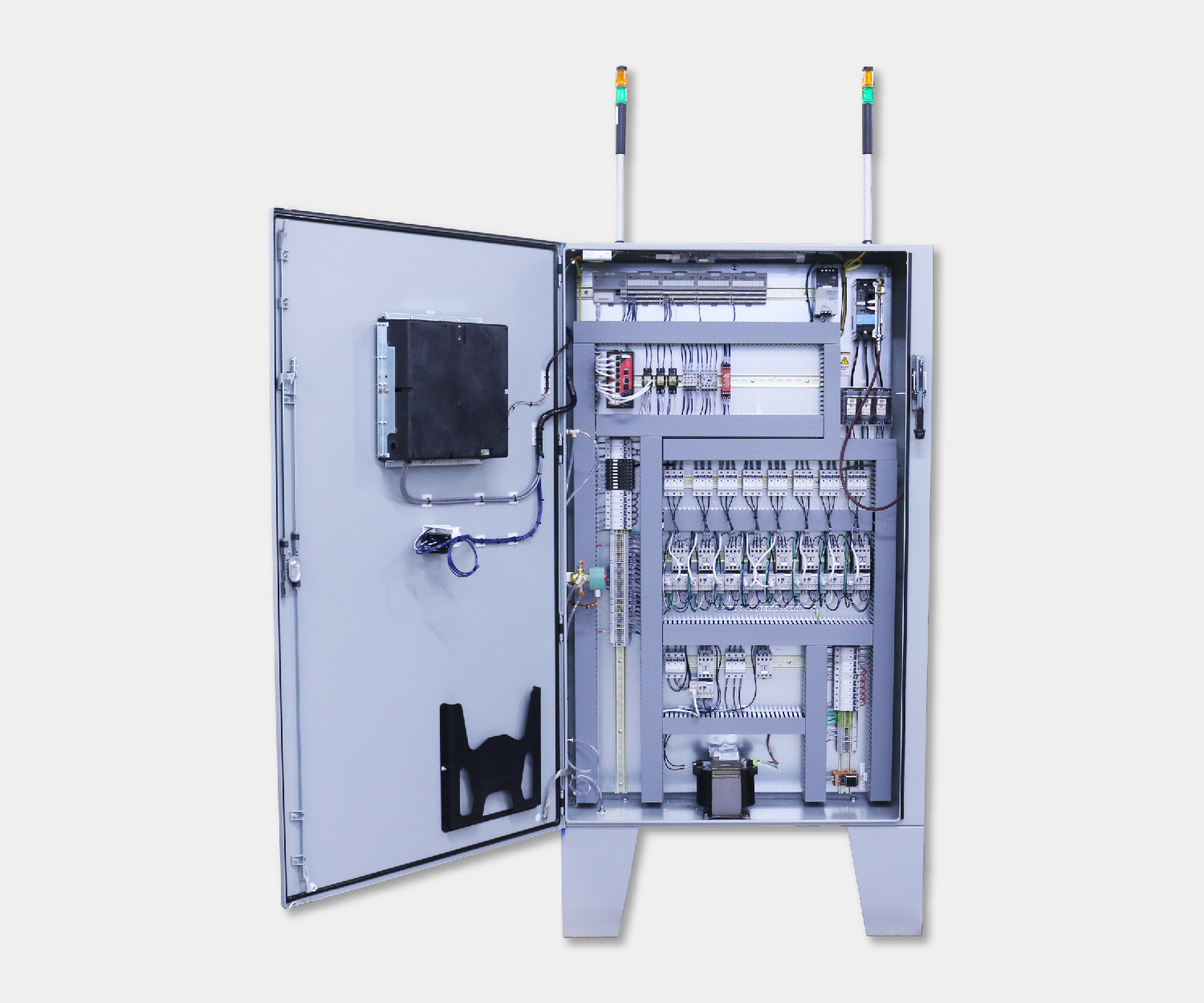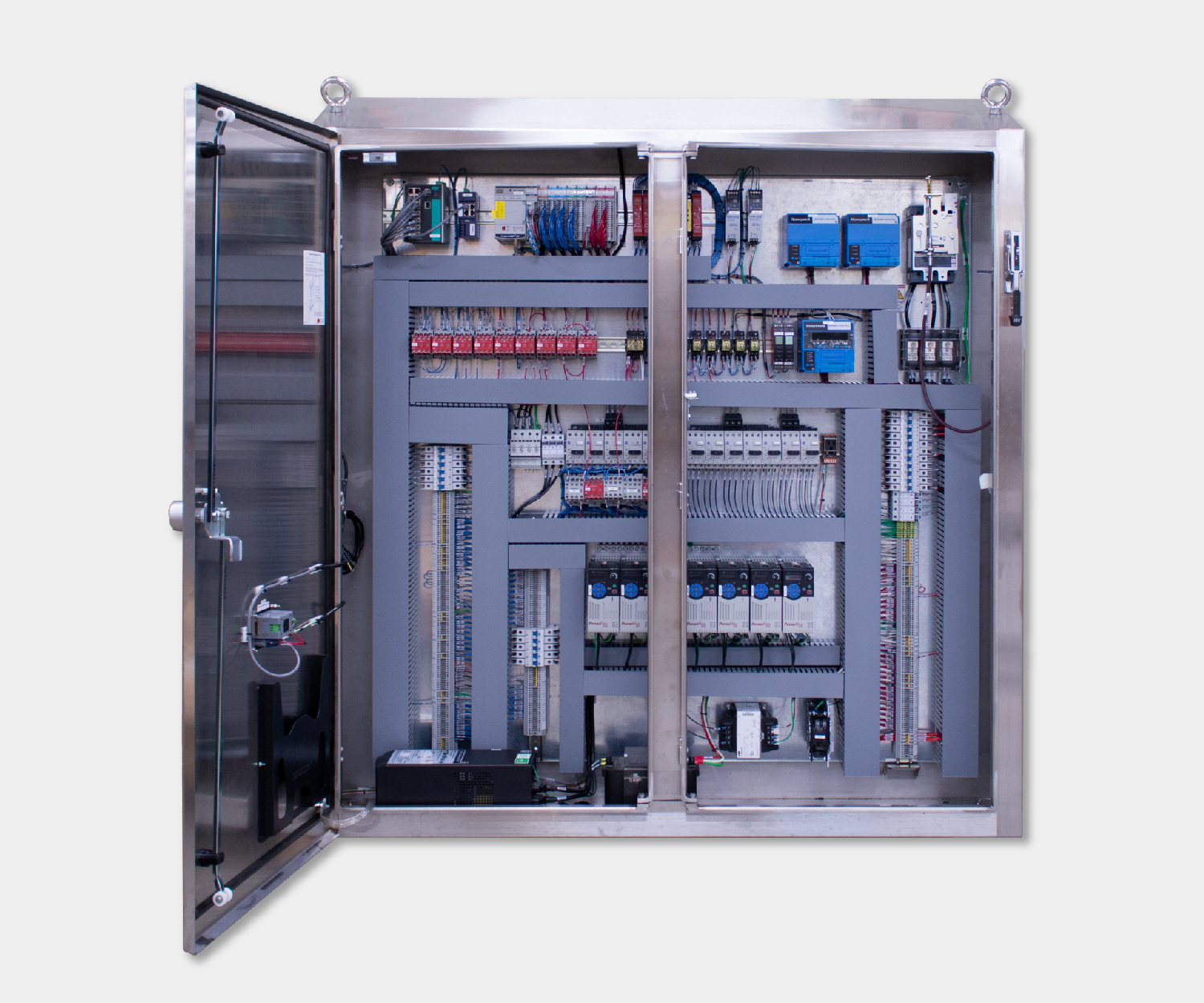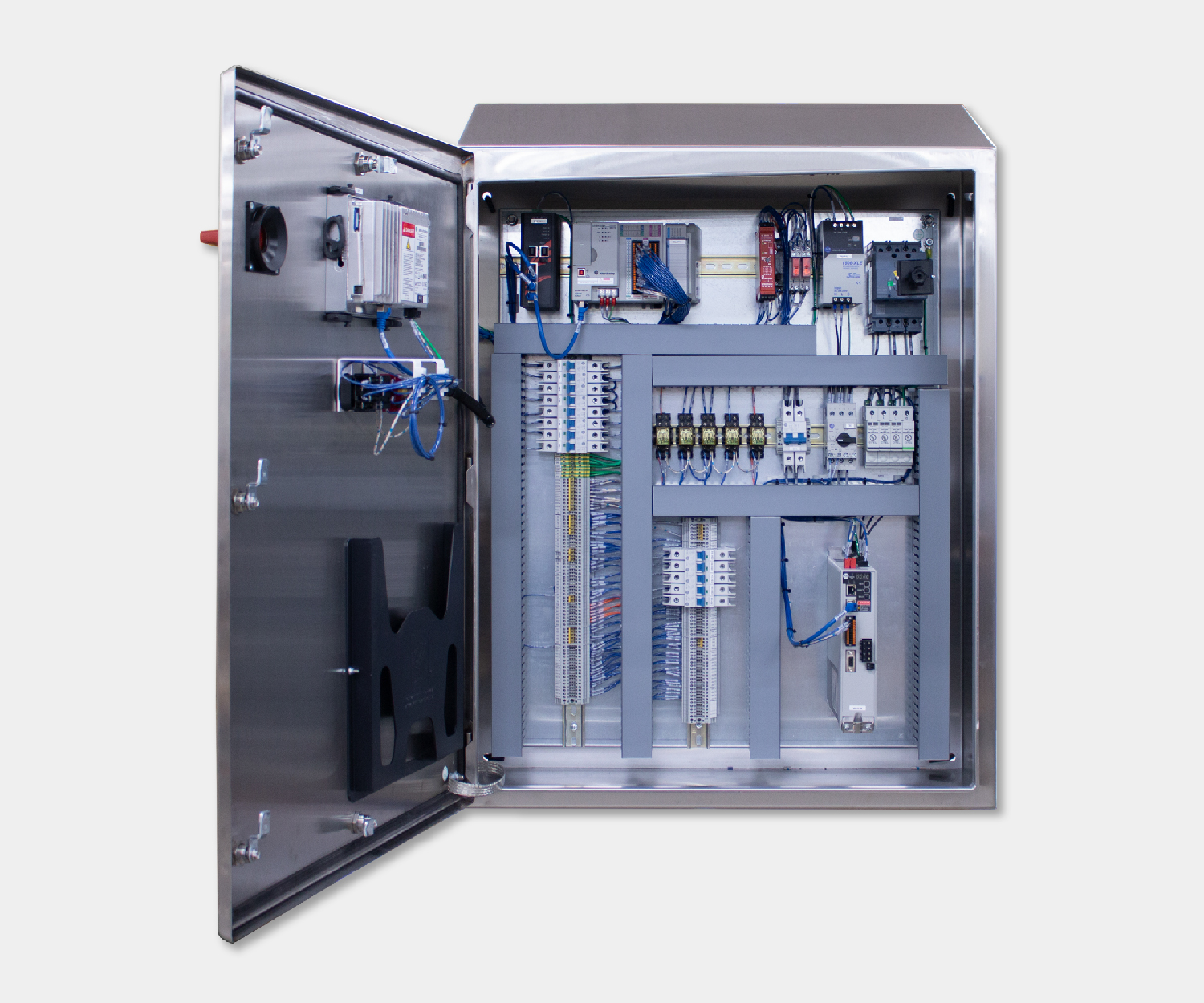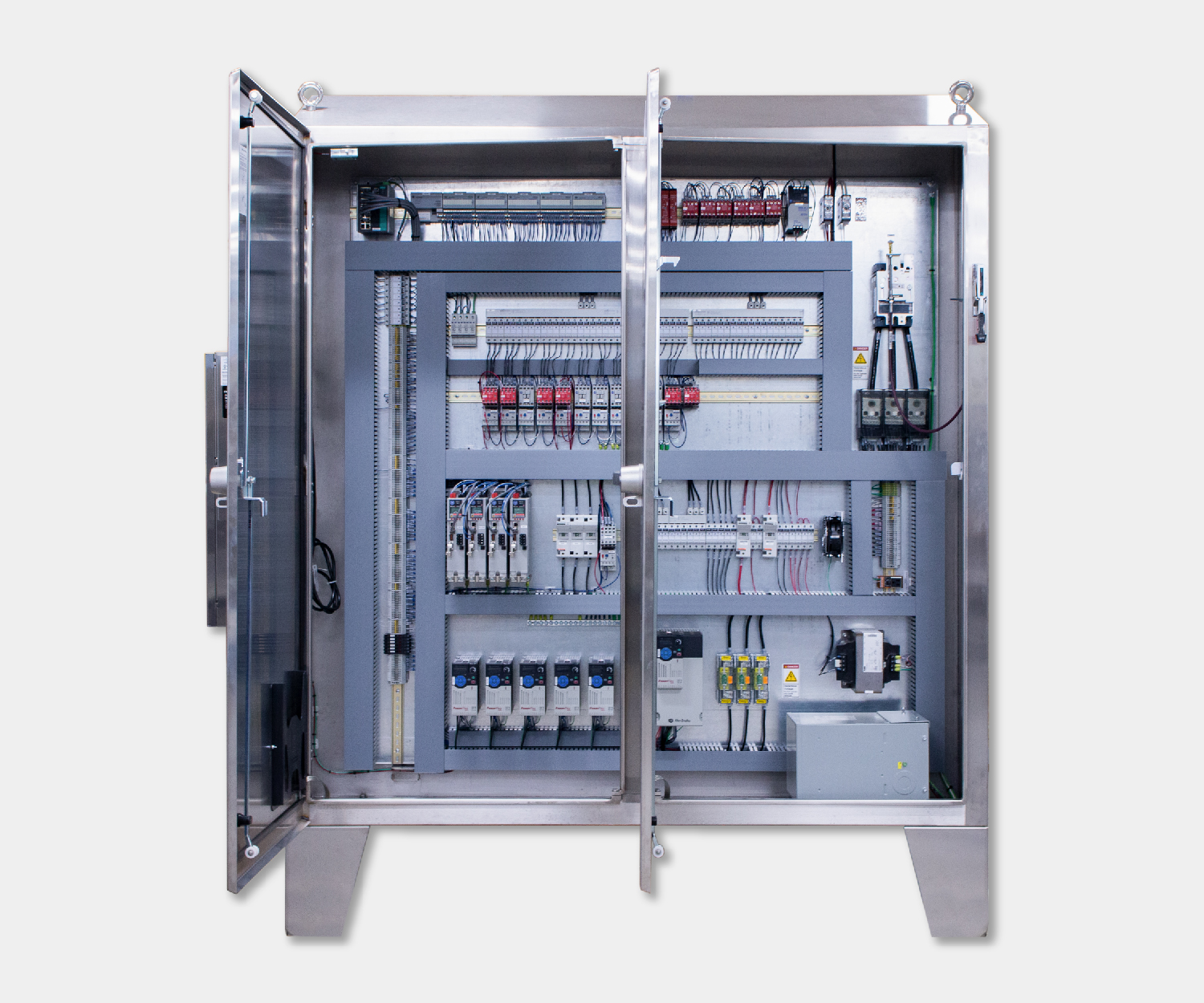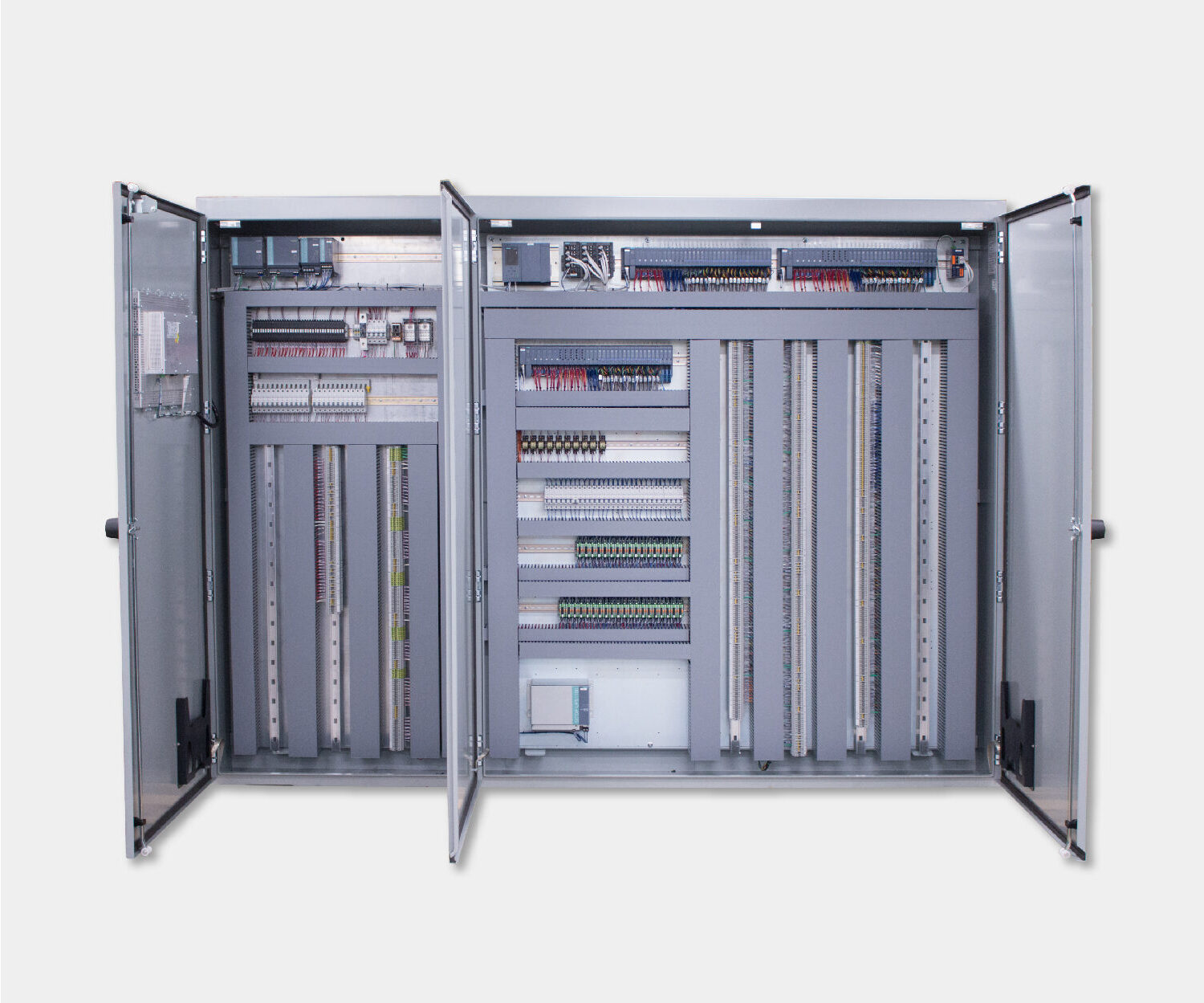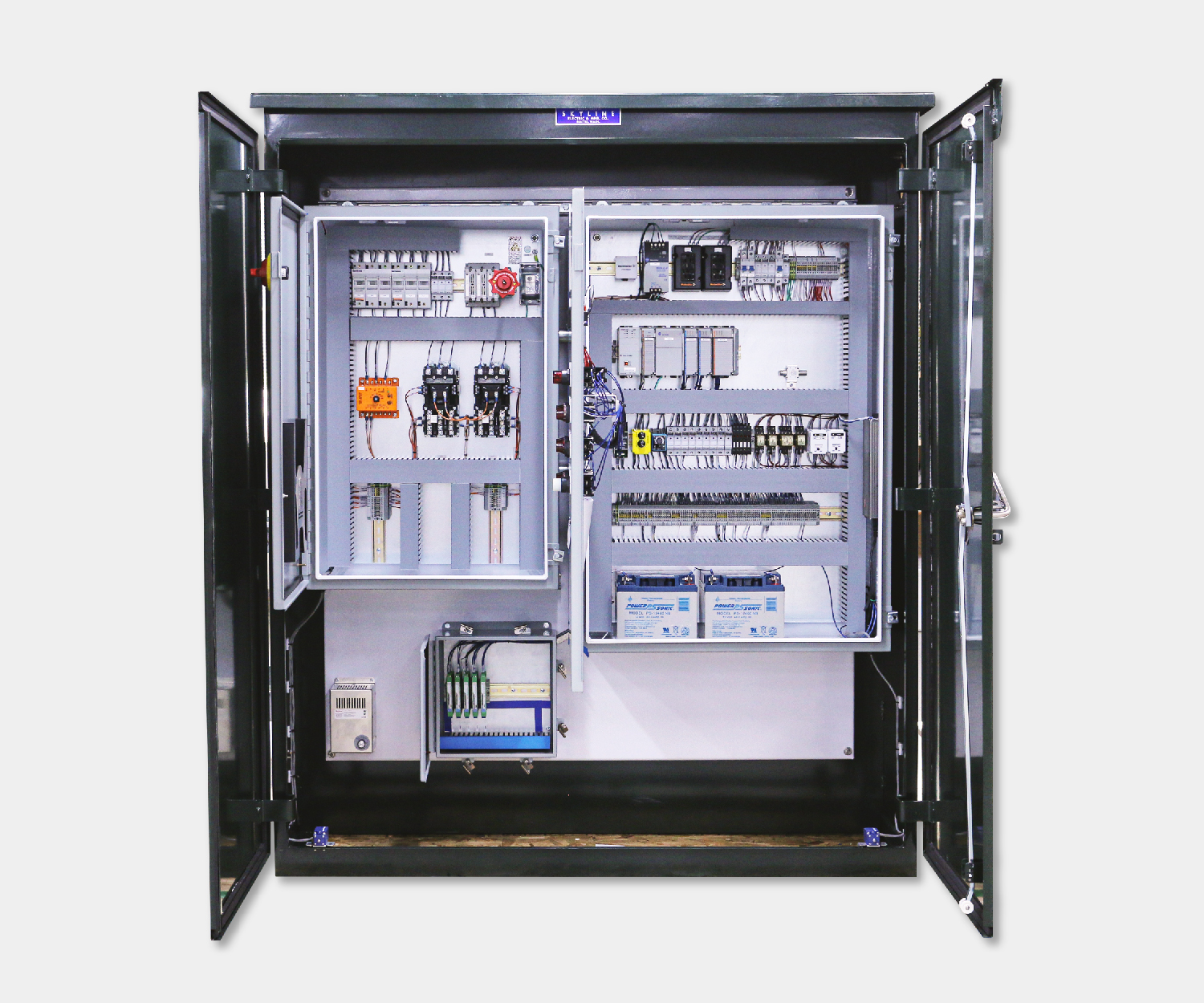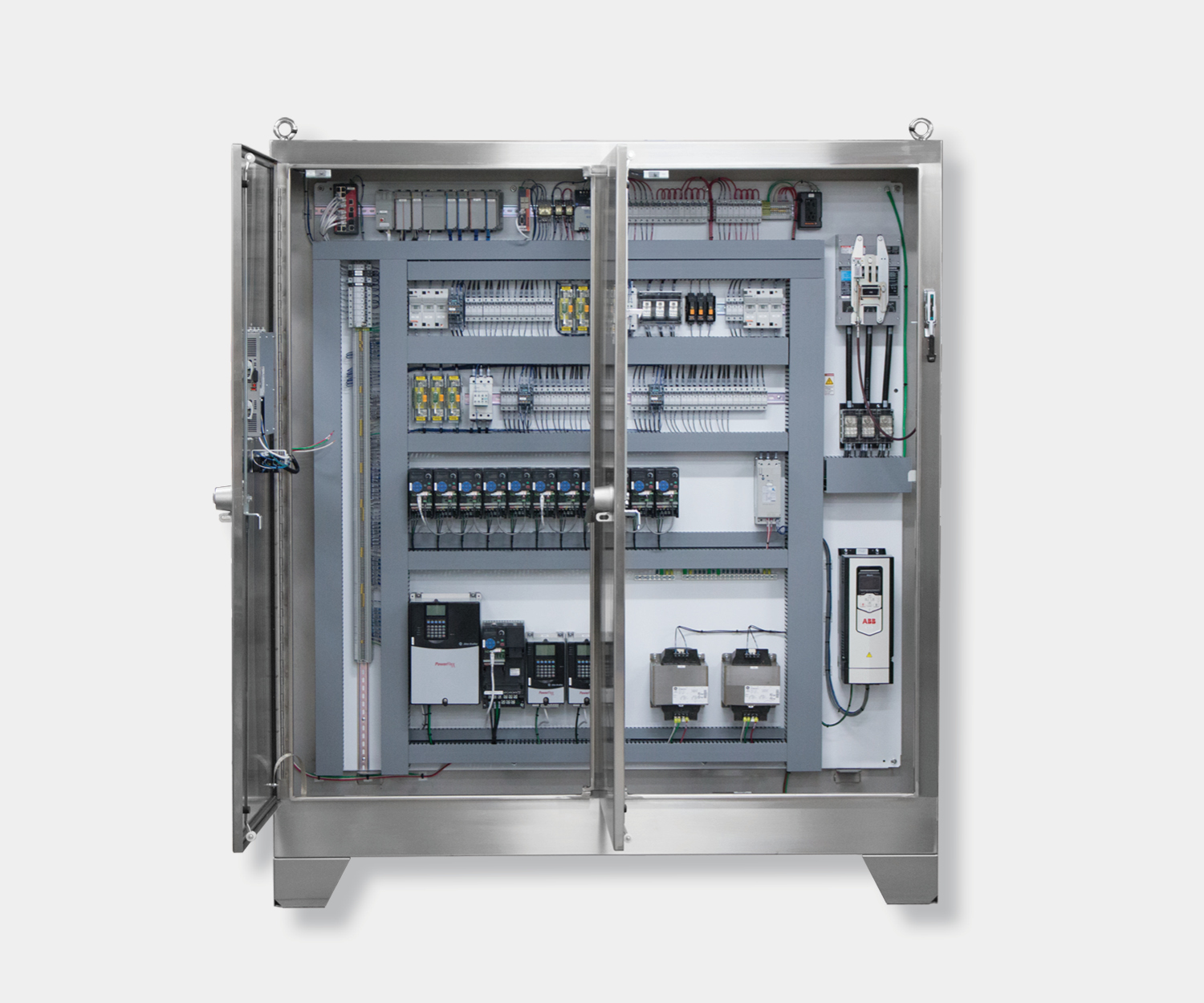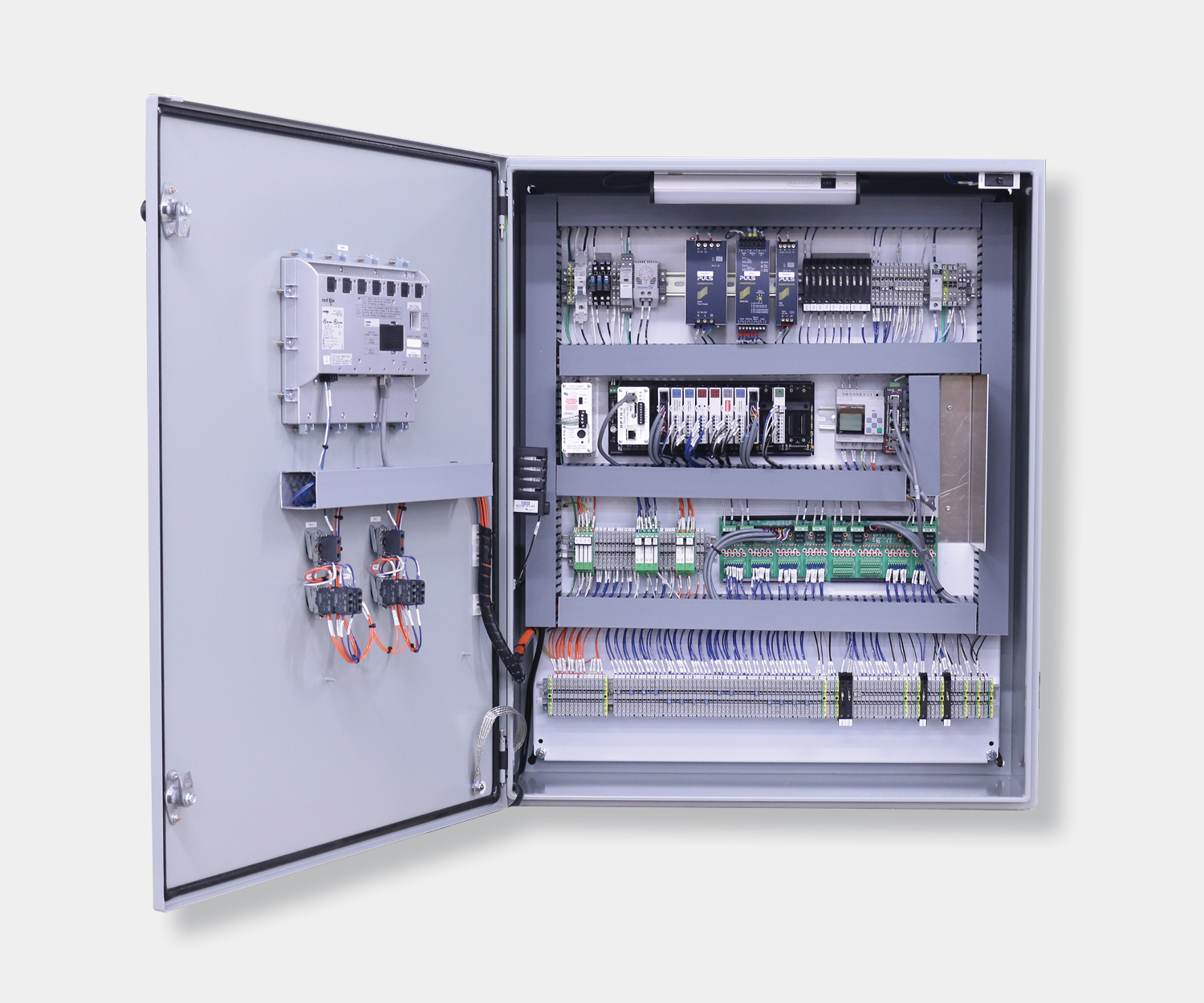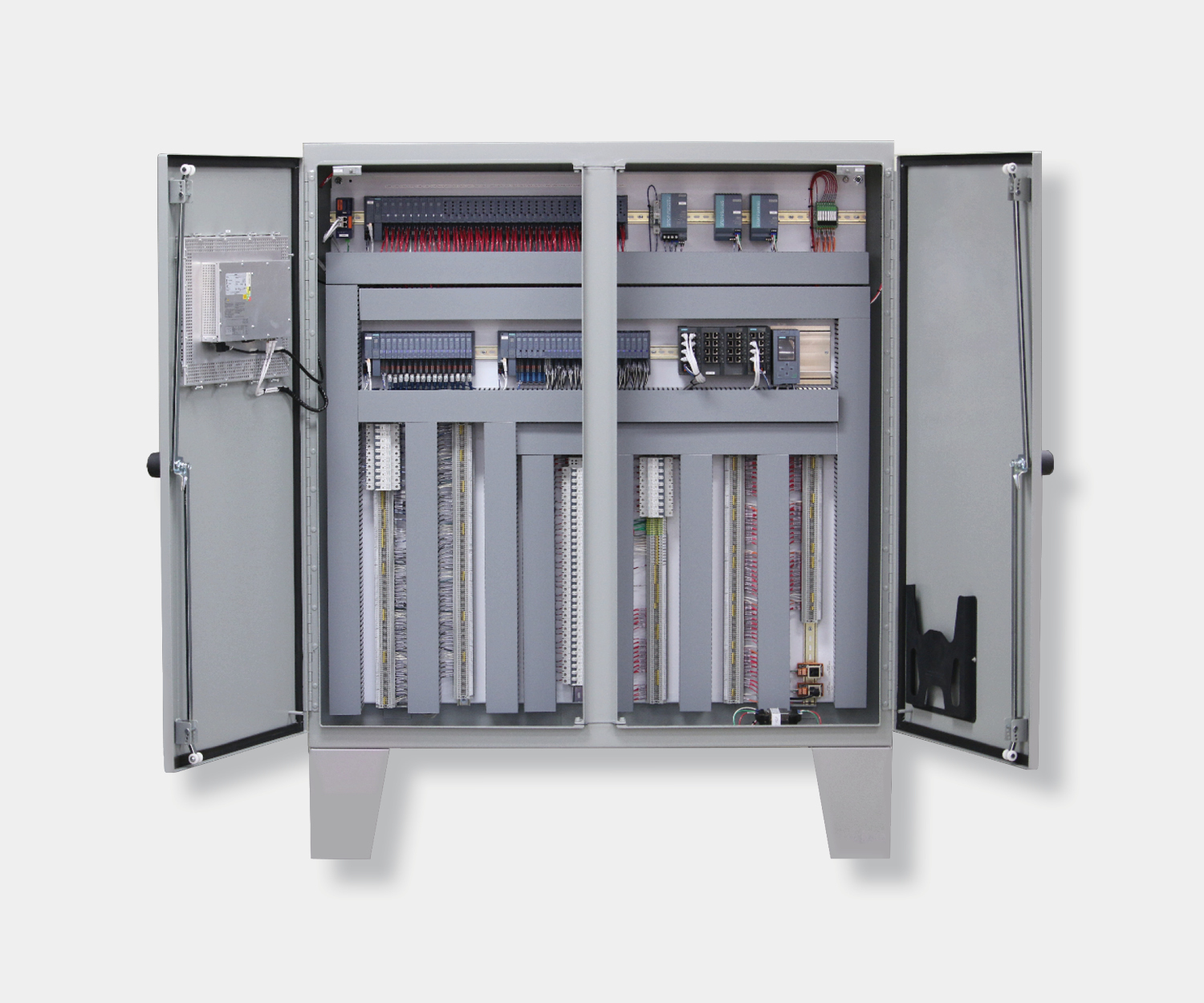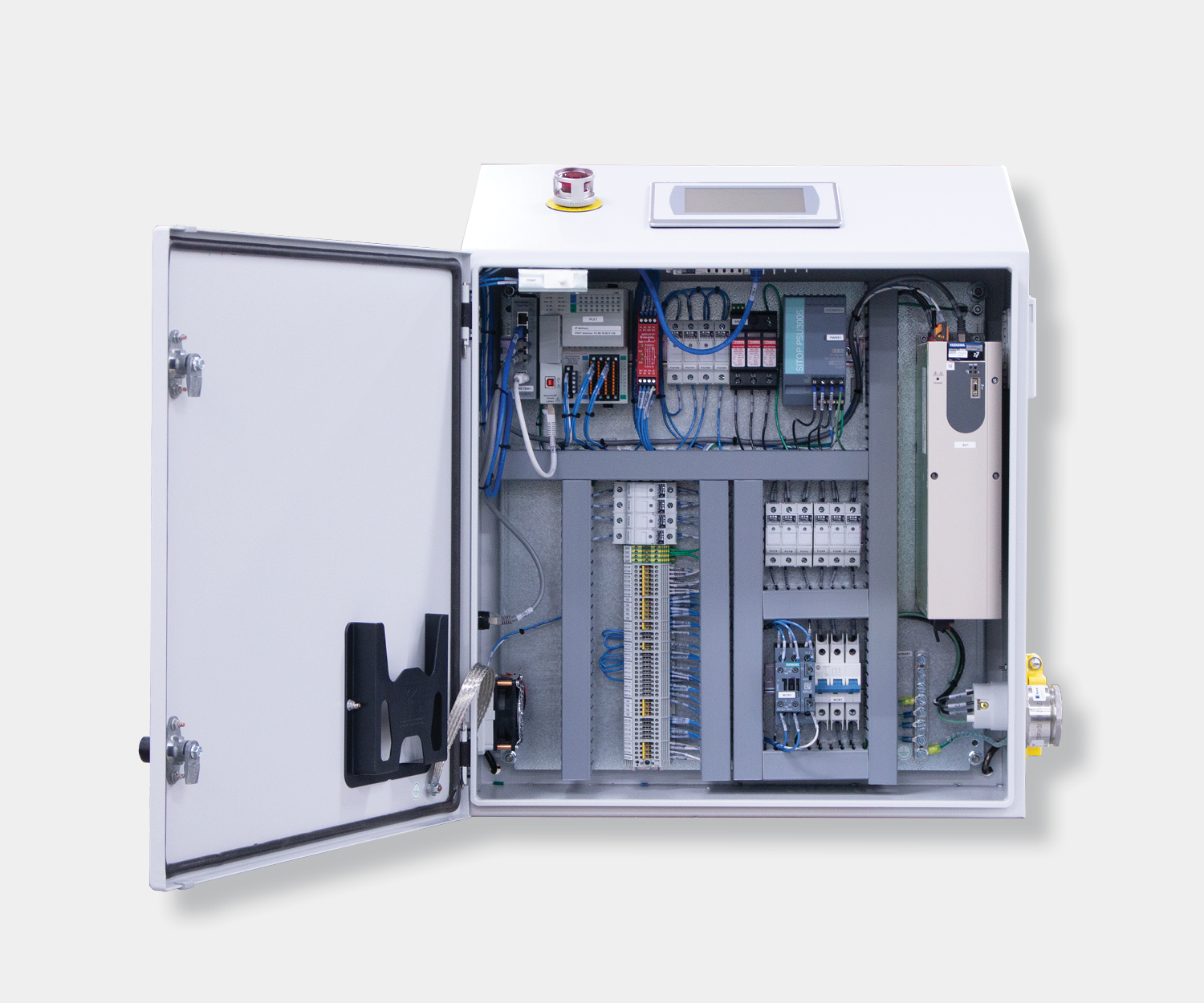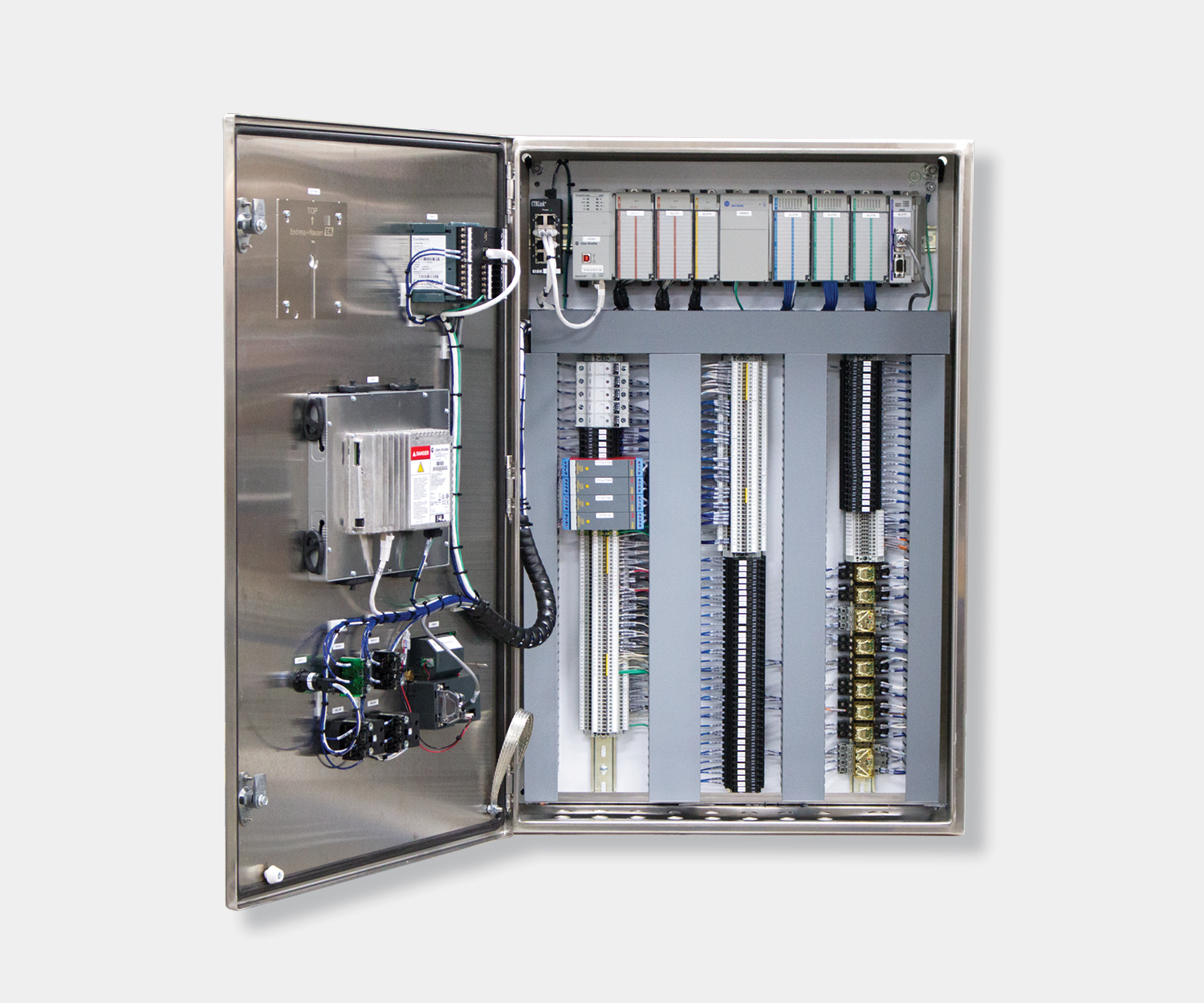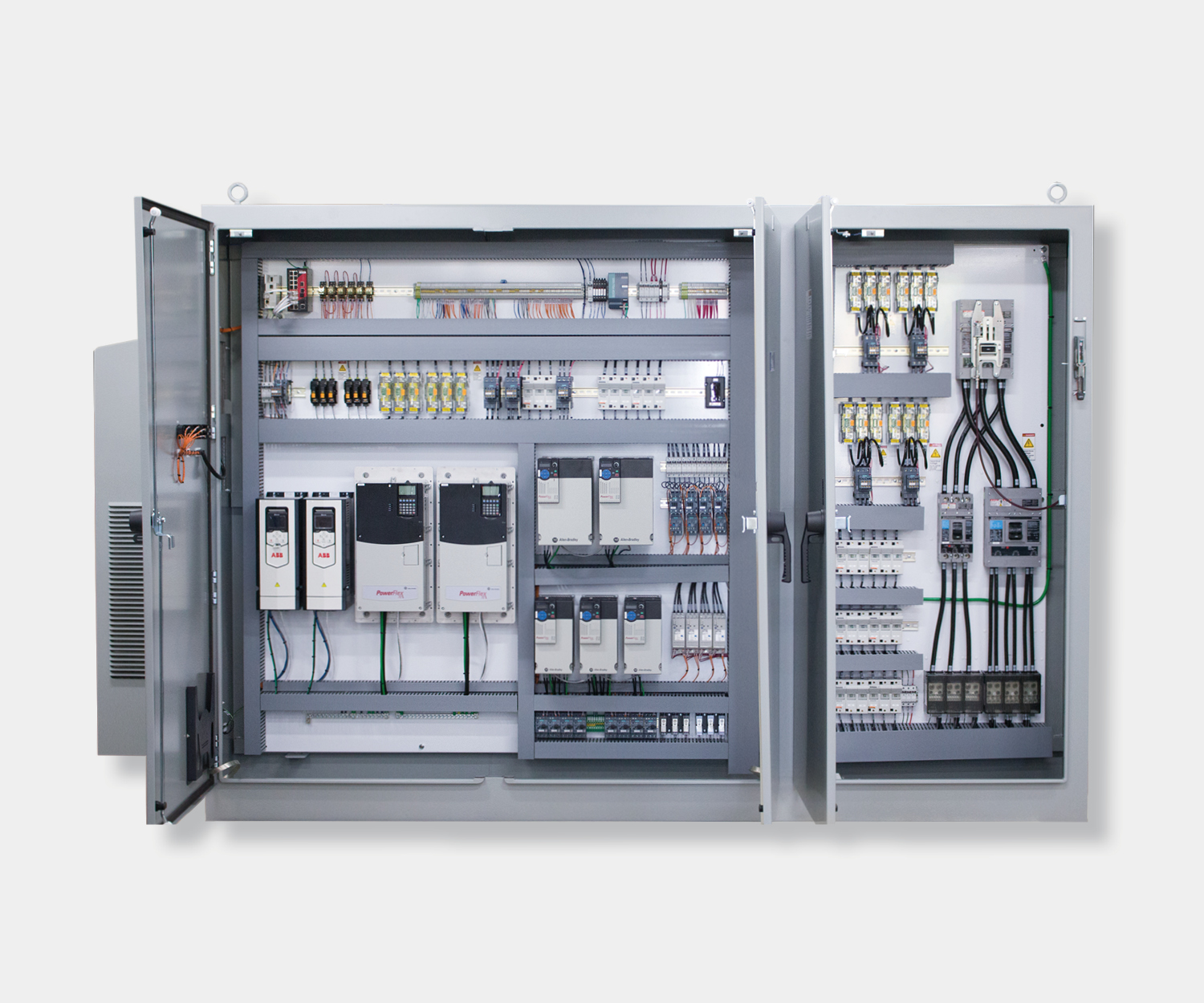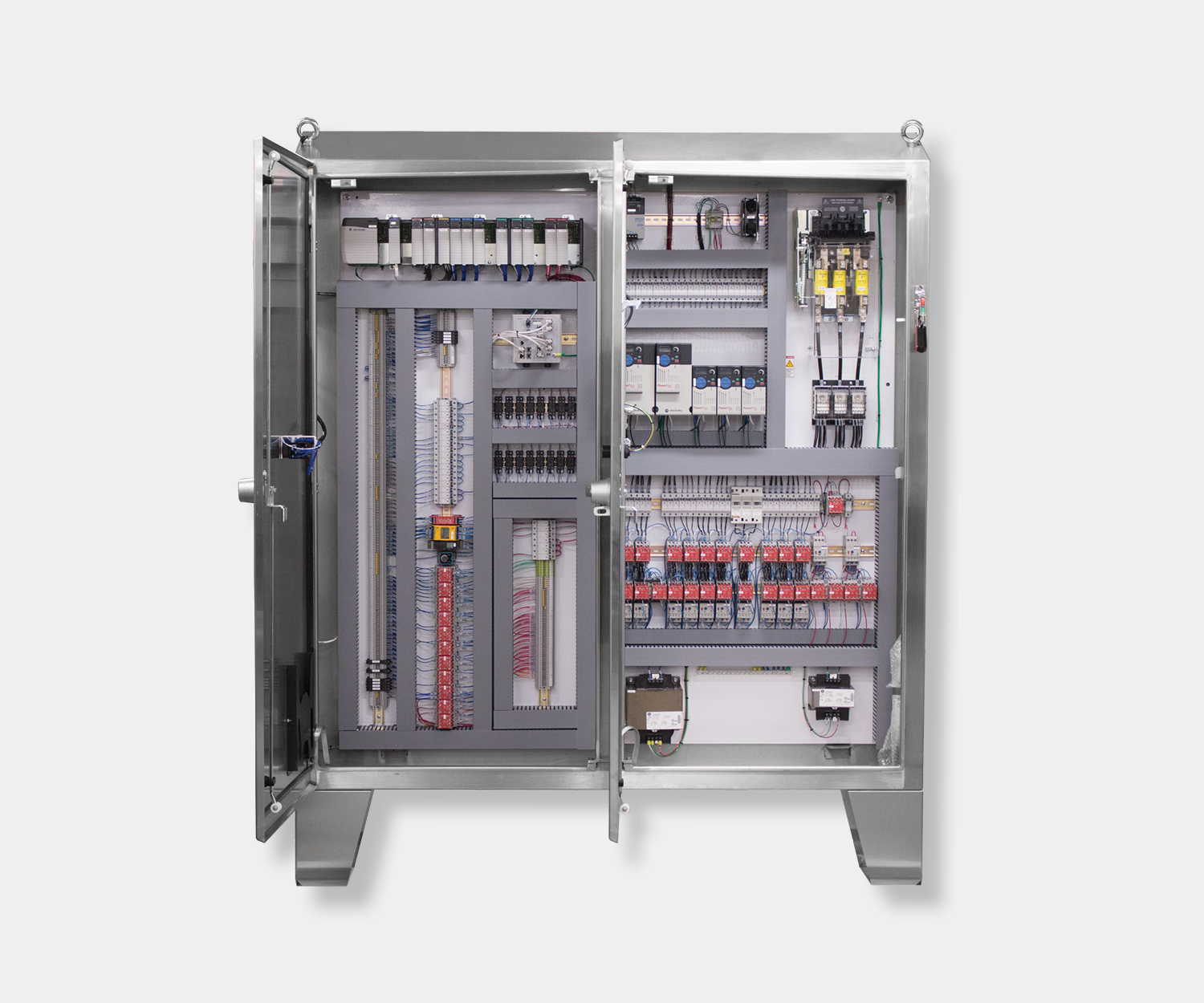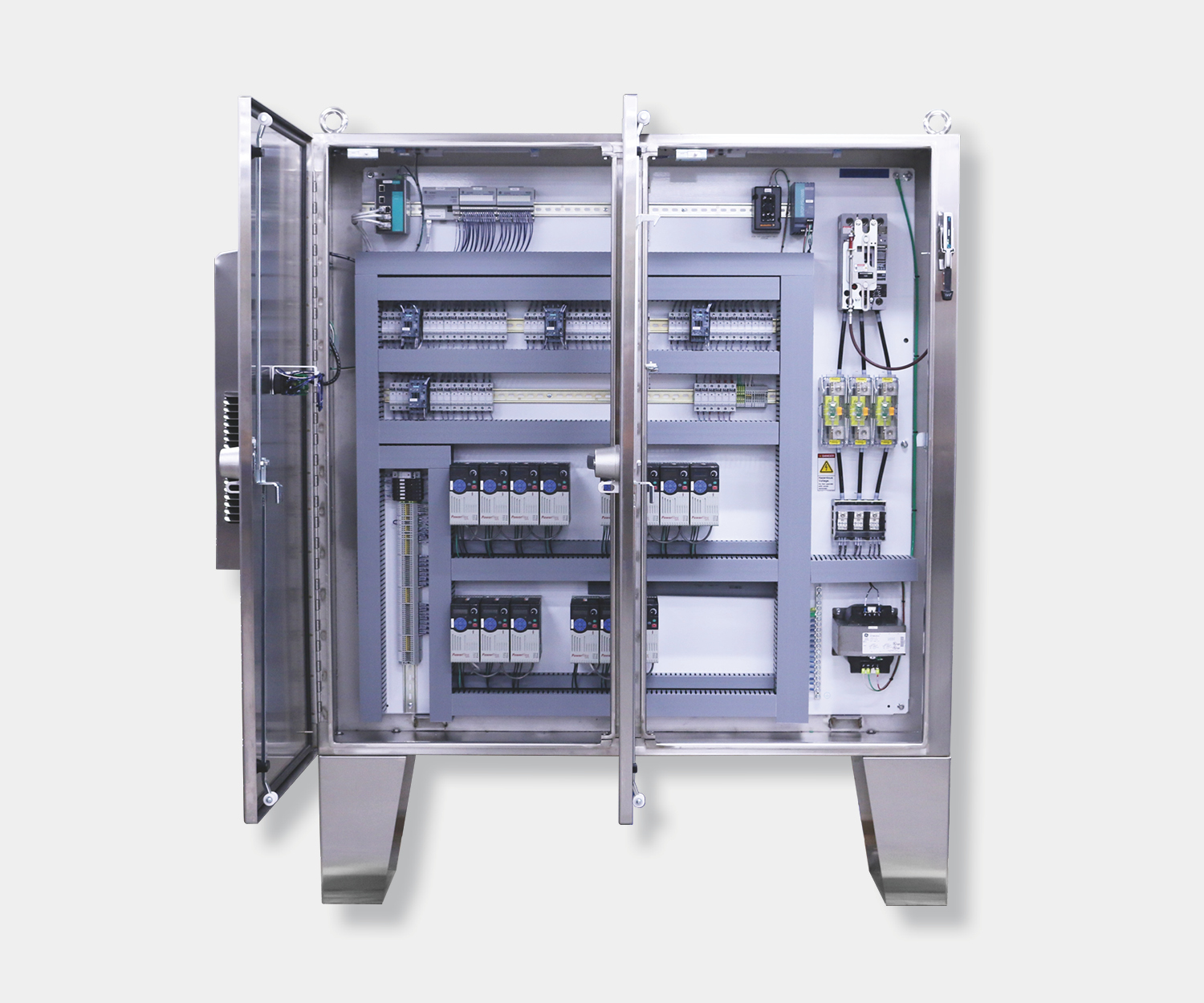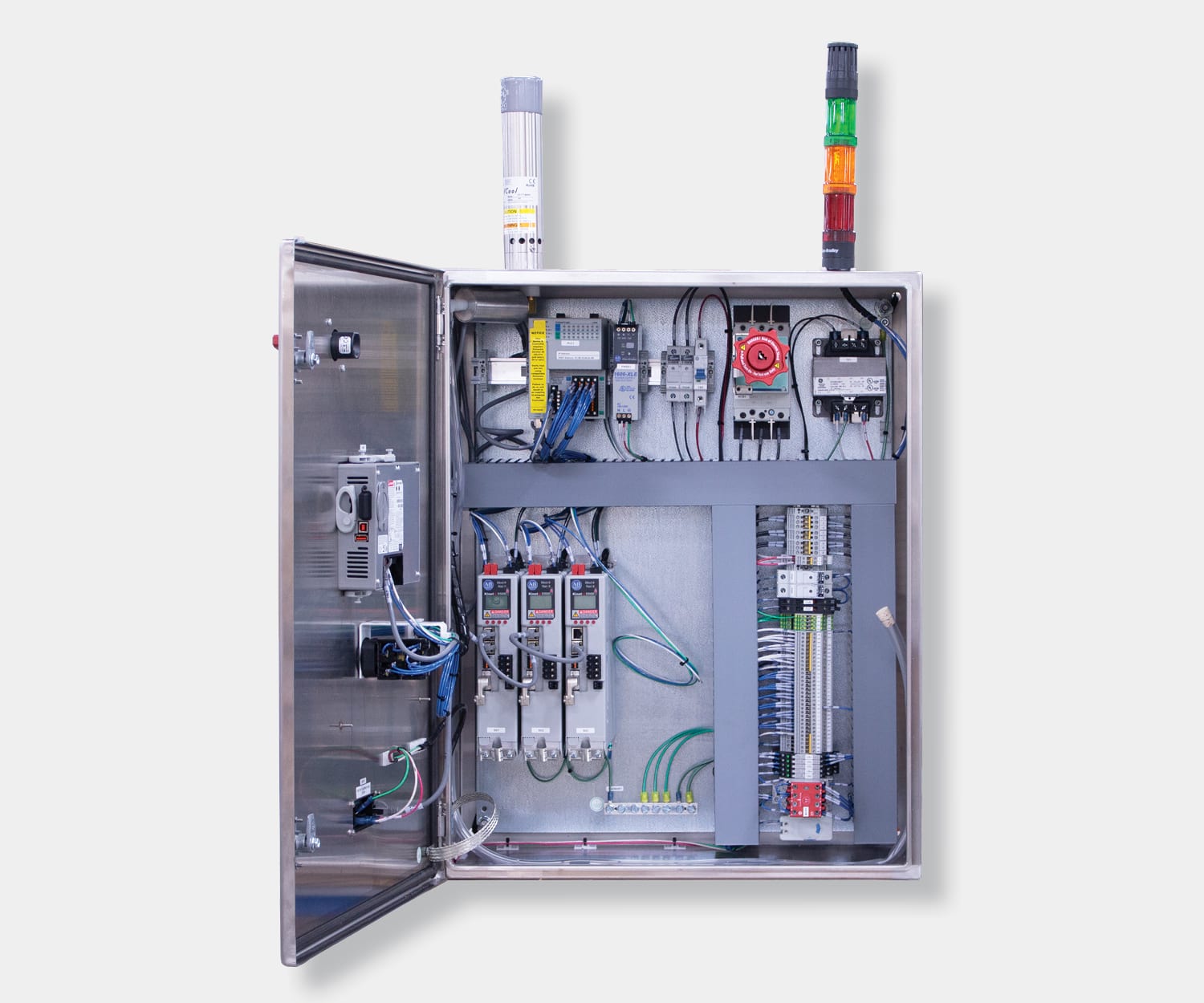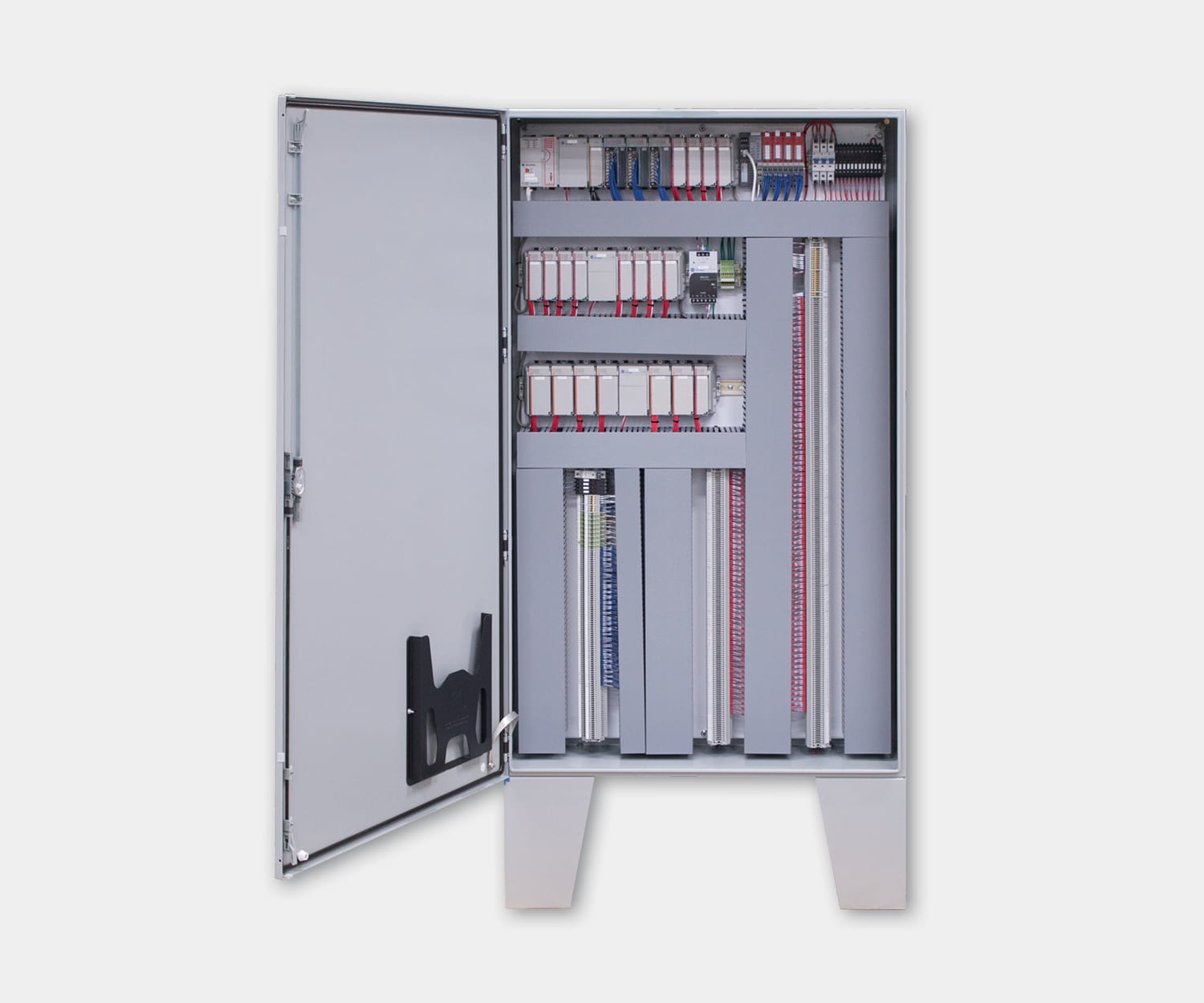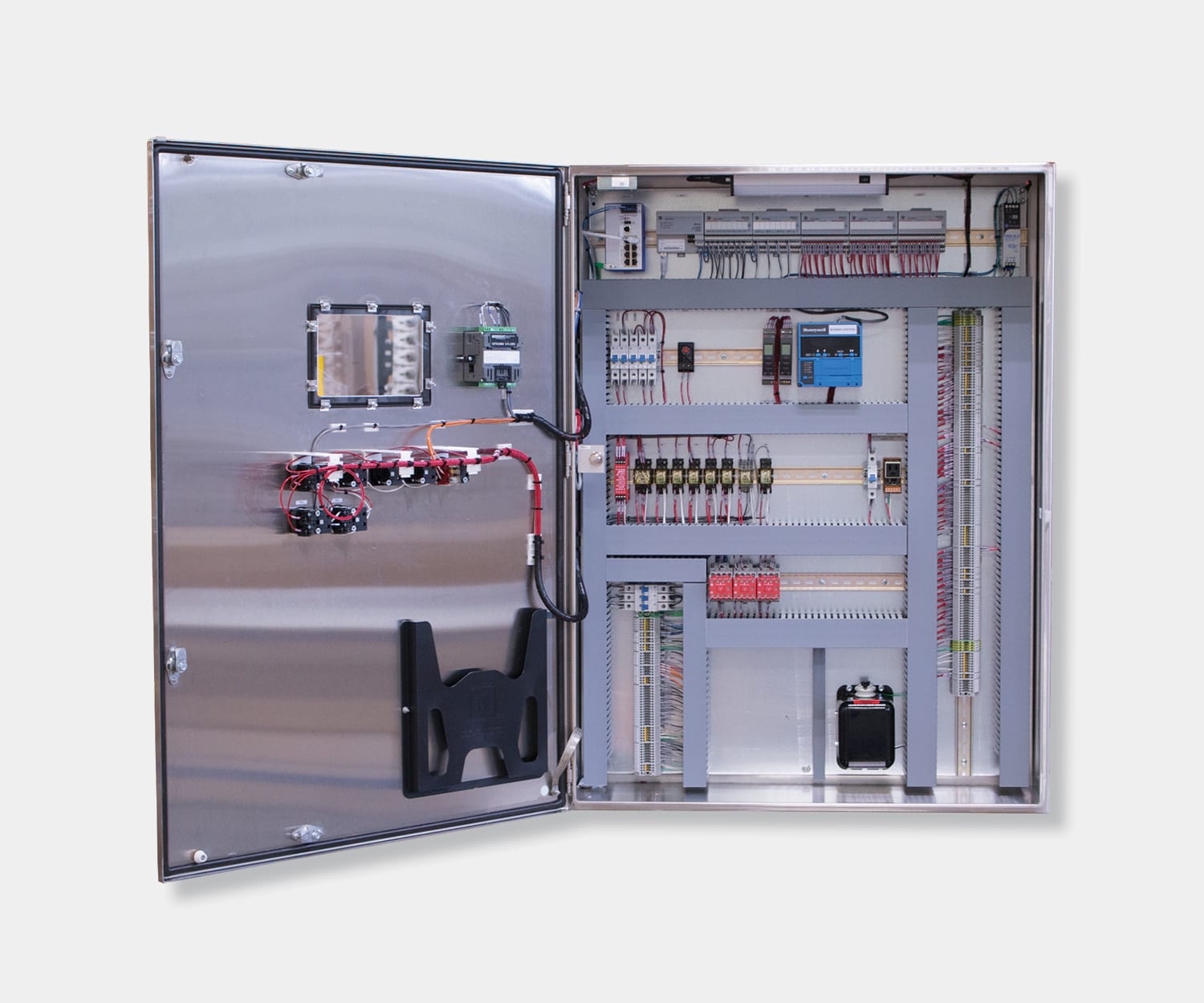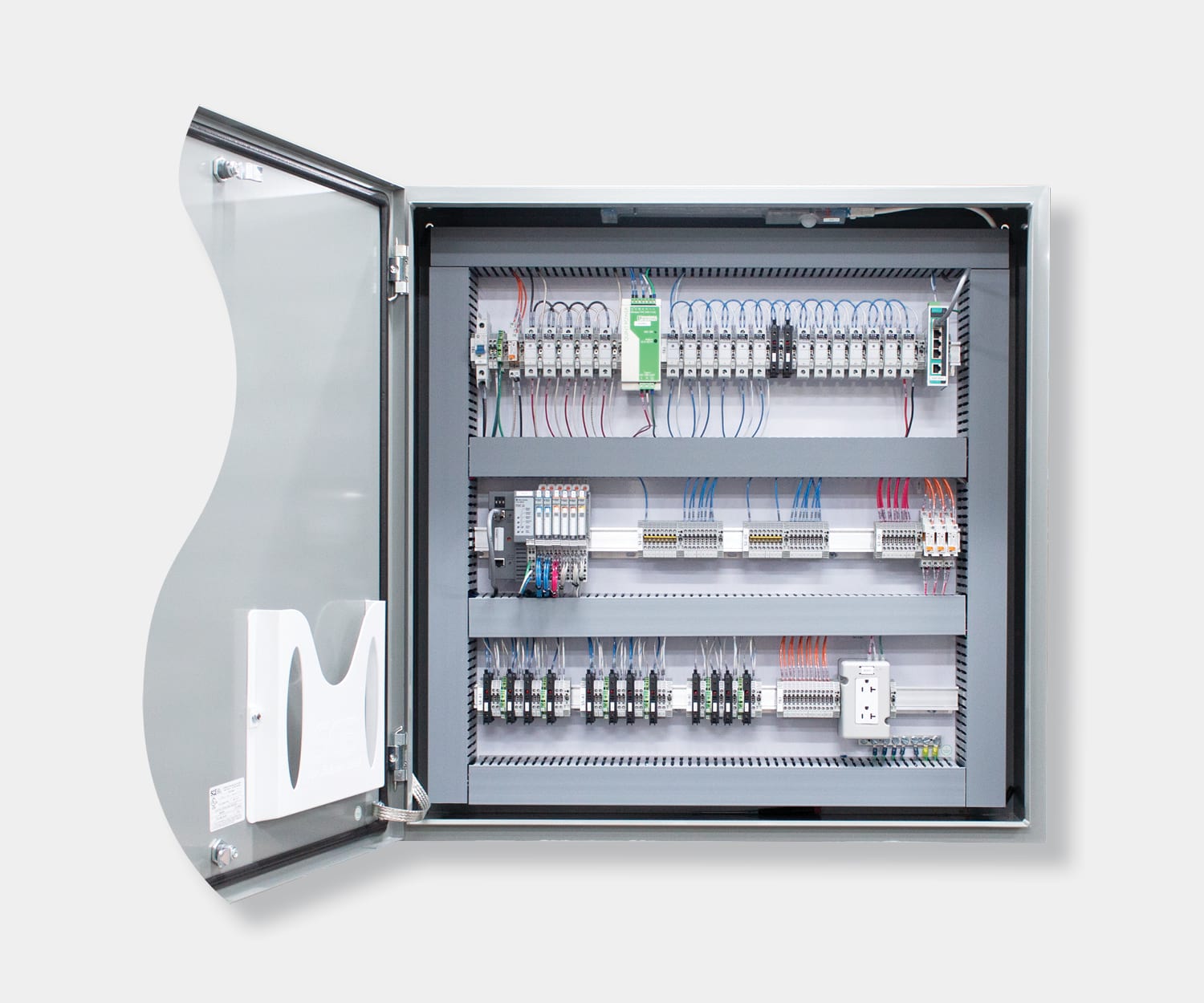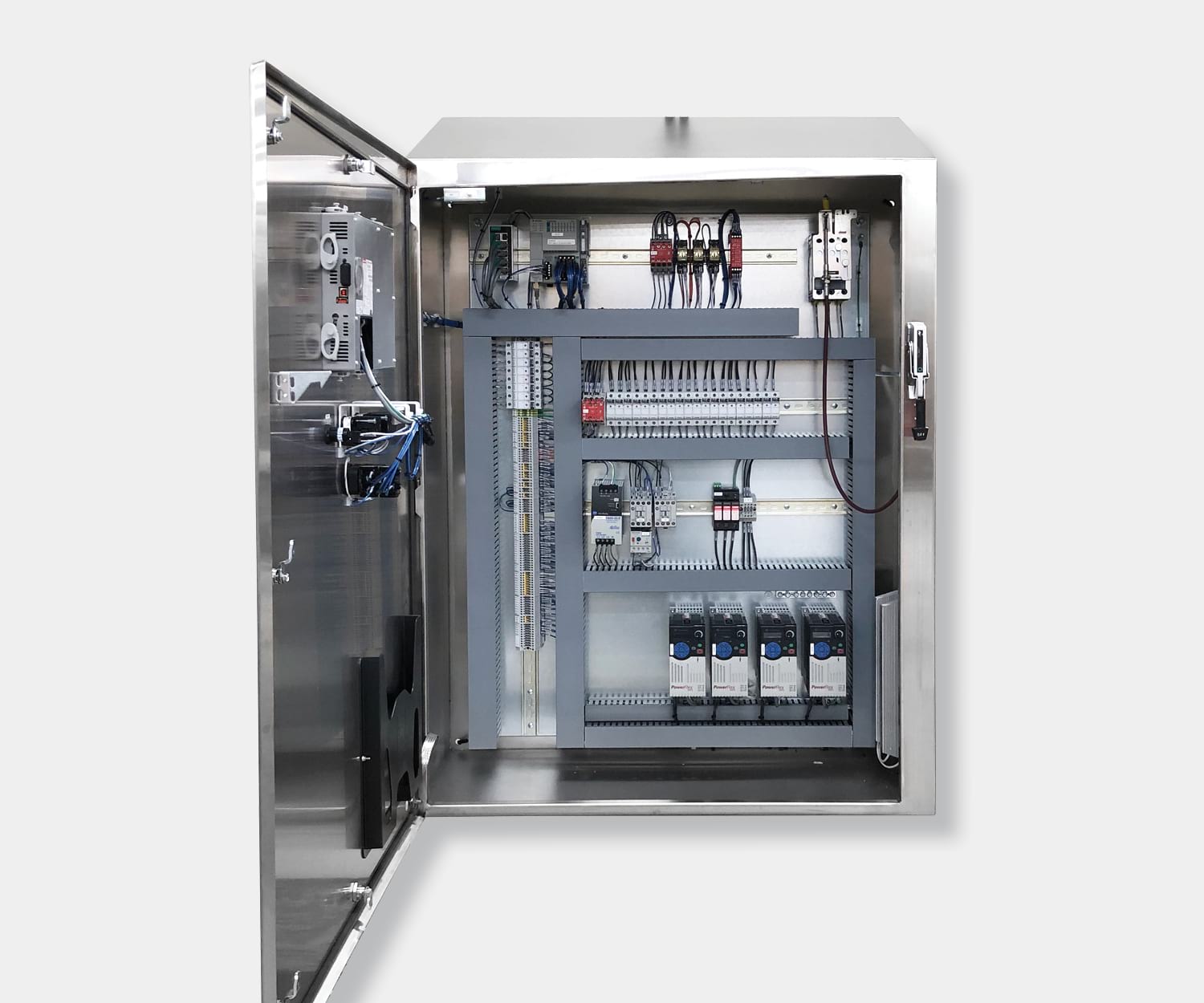Collaborative robots, or cobots, allow for direct collaboration with humans to accomplish various tasks. Sometimes, this may include tasks that neither the robot nor a human could accomplish on their own. According to ISO 10218 part 1 and part 2, there are four main types of collaborative robots: safety monitored stop, speed and separation, power and force limiting, and hand guiding.
Power and Force Limiting
Power and Force Limiting cobots are what most people will likely think of when they hear the term collaborative robots. These cobots are specifically designed to allow for direct interaction with human workers without the need for additional safety barriers, vision systems, or external scanners.
Further enhancing human safety, power and force limiting cobots are designed without sharp corners, exposed motors, or pinch points. For power and force limiting cobots to safely work alongside human workers, the cobots have sensitive collision monitors built-in. These monitors allow the cobot to detect possible collisions and stop immediately should the cobot come into contact with a human. Power and force limiting cobots are currently limited to smaller applications.
Safety Monitored Stop
Safety Monitored Stop Cobots are often used for applications that will have minimal human interaction with the robot. This type of collaborative robot utilizes a traditional industrial robot combined with various safety sensors to detect when a human enters in to the robot’s work envelope. Once the cobot detects a human inside the work envelope, the cobot will immediately stop operating, allowing the human to safely work alongside it. Once the human worker has completed their task, the cobot can be re-engaged at the push of a button.
Speed and Separation
Similar to safety monitored stop collaborative robots, speed and separation cobots utilize traditional industrial robots; however, the difference is speed and separation cobots are better suited for applications that will have frequent interaction with human workers. Speed and separation cobots often utilize vision systems to monitor the cobot’s work envelope. The work envelope will consist of two zones, which are the warning zone and the stop zone. Once a human enters the warning zone, the cobot will slow to a safe speed. Should a human worker enter the stop zone, the cobot will immediately stop operating. As soon as the human worker exists the stop zone, the cobot will re-commence operations.
Hand Guiding
Hand guiding is a cobot feature that allows operators to program a cobot to learn new paths and positions by guiding it with a hand-operated device. This feature allows cobots to be programmed quick and easily with limited downtime.

